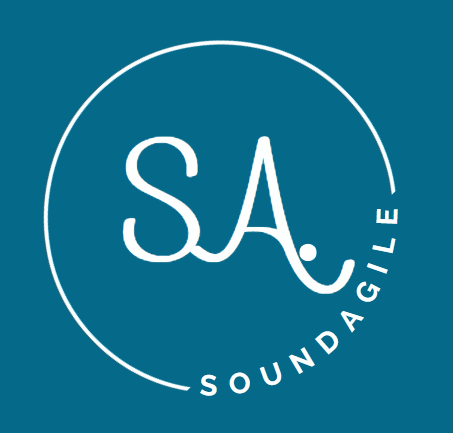Developing an Investment Mindset for Product Development
In general, when deciding what projects to work on during their annual planning cycles, most organizations use a cost-based approach to make those decisions.
Leaders in the organization know the project buzzwords that will move them above the line, the demarcation zone of approval they strive for. CapEx/Opex is often a key component in decision making, however, this focus on financial goals keeps us from aligning our ideas to long-term strategic goals and growth.
One of the reasons we fail to maximize our returns with software development is that we aren’t treating it as an investment, instead, it’s a cost center to be managed.
The difference between an investment and cost is both a mindset as well as an expectation. When we invest in something we do so with the express expectation that it will grow in value over time. Think of the investment you make in your 401k’s, you expect over time that the amount you put in will grow over time. Product investment needs to follow a similar approach.
Every new feature or enhancement is an investment in the future returns we expect to receive from their development. But not every investment type is the same and we need a way to define what our Product Investment strategy is so that we are confident in receiving appropriate value from each incremental investment.
Portfolio money managers can approach building long-term value by leveraging what’s called Markowitz’s Efficient Frontier Model. This complex mathematical model has an implicit assumption that says each investment (Stock/Bond) and investor have a risk and return profile associated with them.
My risk and return profile will lay the foundation for my investment strategy. If I’m nearing retirement I’m going to be more conservative and risk-averse concerning my investment decisions. Conversely, if I’m young I’m likely to invest a certain percentage of my capital into higher levels of risk so that I grow my portfolio more quickly.
Organizations are no different and by developing a risk/return profile for your organization you can begin to understand, quantify and communicate your Product Investment strategy to your organization.
As a Product Manager/Owner I need to understand the risk/return profile of the organization and incorporate that into my Product Investment strategy. For example, if I work for a highly regulated organization in a mature industry, my goals may different than a start-up seeking to grab market share or differentiate themselves in the market.
Each organization has different approaches to risk and return, however, this concept does not readily exist in most organizations, the reason is that we look at software development as a cost to the organization, which explains our primary focus on the cost of a project.
Yes, we pay lip service to what the value the project is supposed to deliver, but let’s be honest we don’t typically have metrics in place to track the value the project is supposed to deliver, and in the end, we are happy to deliver something and declare victory.
Where I have implemented this model before I’ve seen that it changes the conversation across the organization, from leadership down to the team level. Combining a Product Investment approach to our Product Development initiatives with the generation of a value score that is tied to strategy, we begin to discuss more deeply why something should move forward from a place of value and investment over budget and timeline.
If you are serious about developing an Agile Delivery model, you must create a value-based investment approach to your Product Development.

